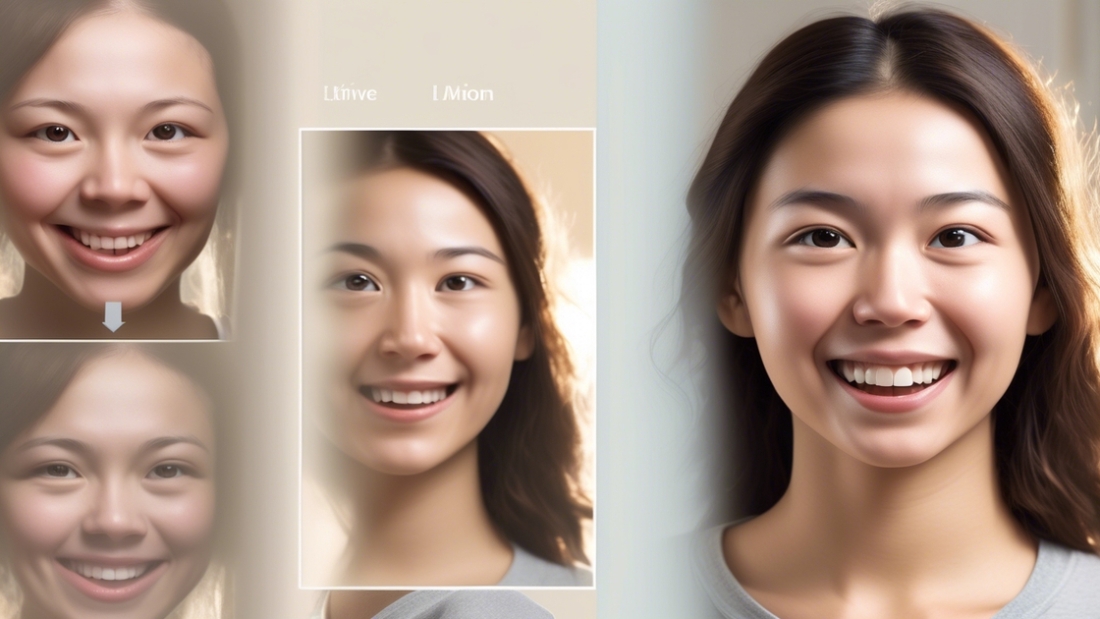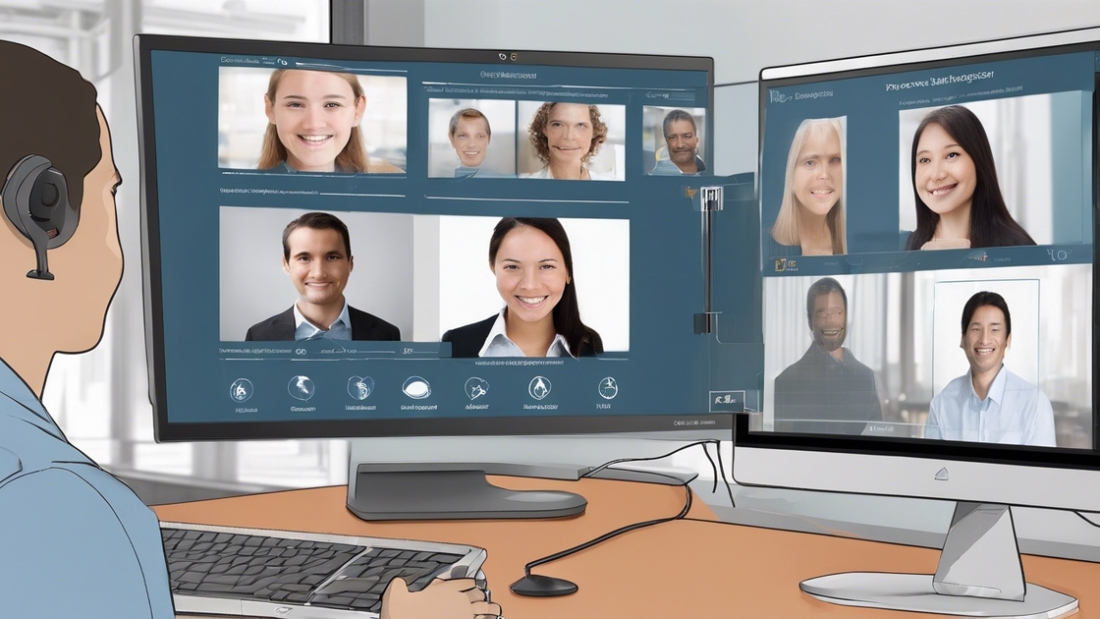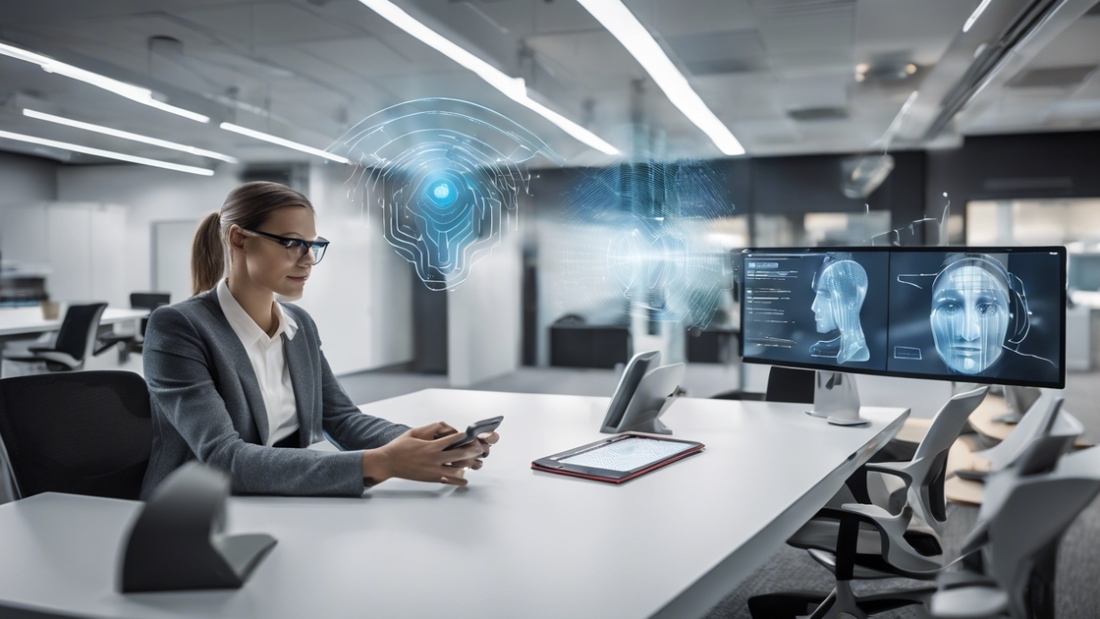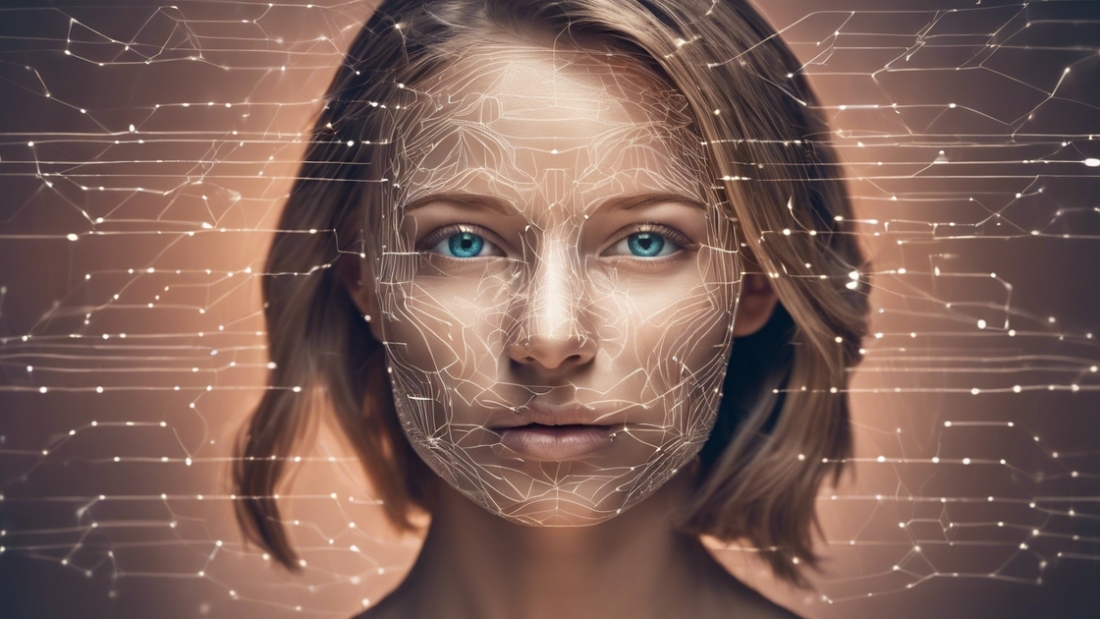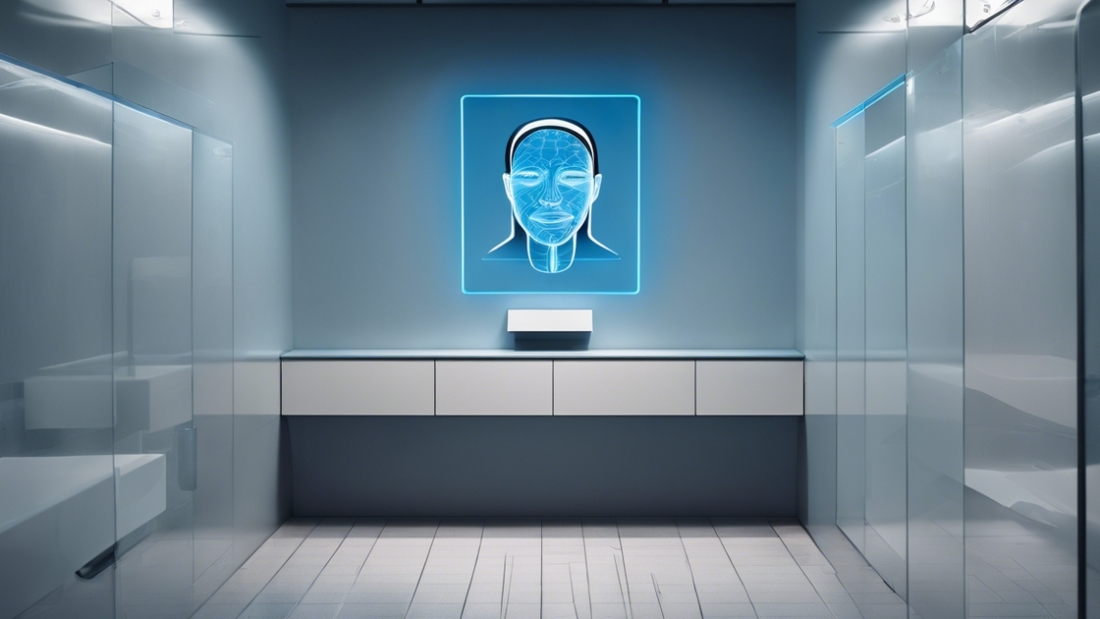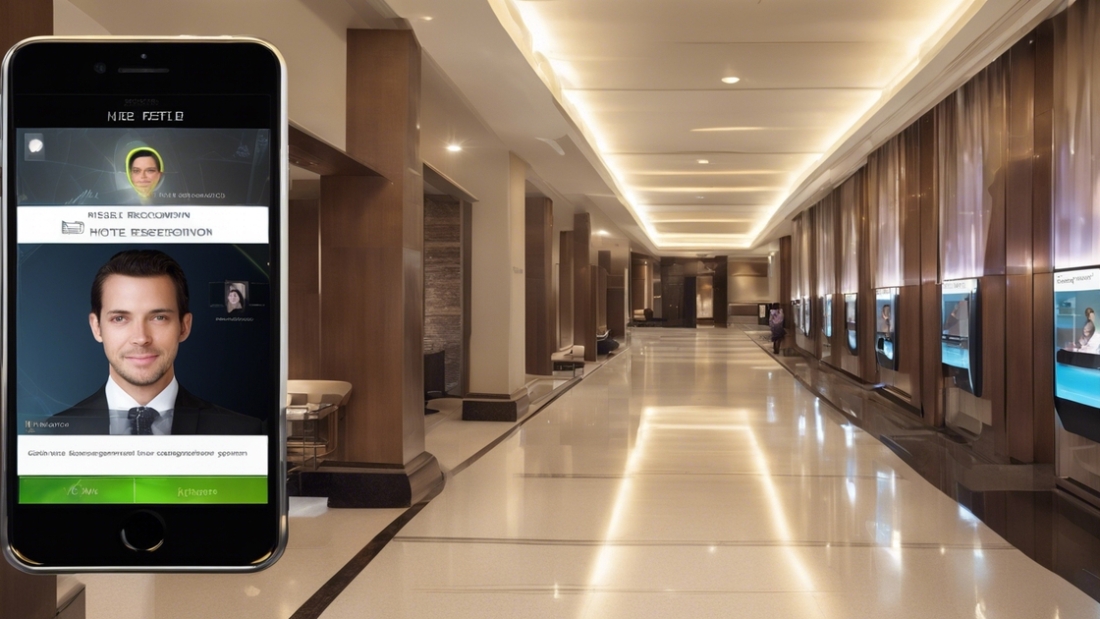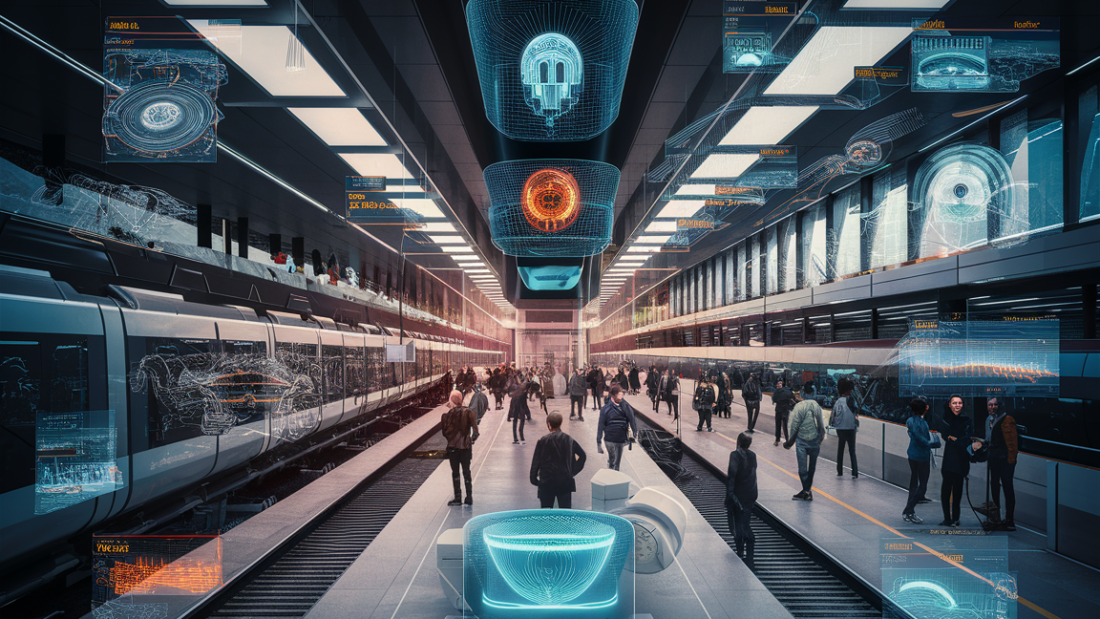In the world of digital marketing, data is key. Understanding user behavior and engagement is crucial for success. This is where video analytics come into play. By leveraging video analytics, businesses can gain valuable insights into viewer preferences, engagement levels, and content performance. Gone are the days of guessing what works and what doesn’t. With computer vision and machine learning, you can make data-driven decisions using video analytics to optimize your video content strategy and maximize results. Stay ahead of the curve by harnessing the power of video analytics to drive growth and engagement like never before.
Key Takeaways
Utilize Video Analytics: Implement video analytics tools to gain valuable insights into viewer behavior and engagement.
Monitor Core Components: Focus on key components such as views, watch time, and audience demographics to understand video performance.
Leverage Different Types of Analytics: Utilize metrics like engagement, retention, and conversion rates to optimize video content and strategies.
Apply in Monitoring Efforts: Use video analytics for monitoring security, operations, and customer behavior for enhanced decision-making.
Reap Key Benefits: Enjoy advantages like improved ROI, better audience targeting, and enhanced user experience through video analytics.
Develop a Strategic Implementation Plan: Create a detailed strategy for integrating video analytics into your workflow to maximize its effectiveness.
Exploring Video Analytics
Definition & Importance
Video analytics refers to the process of using algorithms for analysis, machine learning to analyze video footage, extracting valuable insights from the data. This technology plays a crucial role in enhancing security, optimizing operations, and improving customer experiences. Intelligent video analytics solutions enable businesses to make informed decisions based on video content analysis, such as identifying patterns, detecting anomalies, and predicting trends.
Applications Across Industries
In the realm of video surveillance, video analytics software is revolutionizing security measures by enabling real-time monitoring and alerting for suspicious activities. Retailers utilize computer vision in video management software to analyze customer behavior and improve store layouts for better sales. Moreover, in healthcare, motion detection through video analytics aids in patient monitoring and ensuring safety within medical facilities using cameras and tracking applications.
Technological Evolution
The evolution of video analytics technology has been remarkable, with advancements in algorithm analytics enhancing accuracy and speed in data processing. Initially used for basic tasks like motion detection, modern video analytics solutions now incorporate complex functionalities like facial recognition and object tracking. The integration of cameras, analytics software, detection, and tracking capabilities allows law enforcement agencies to efficiently investigate crimes using video streams as evidence.
Core Components
Systems
Video analytics systems consist of cameras, hardware, and software components that work together for scene analysis and detection of video data.
Algorithms
Algorithms play a crucial role in video analytics by processing the data collected from surveillance cameras for detection, recognition, and alarm software. These algorithms are designed to detect specific objects or activities within the monitored area.
Data Processing
Data processing in video analytics involves analyzing the information captured by surveillance cameras in real-time for detection, recognition, motion, and subject. This process enables security personnel to respond promptly to potential threats.
Metadata
Metadata in video analytics provides valuable context to the analyzed data, such as timestamps, camera locations, and other relevant information. This additional data enhances the accuracy and efficiency of security systems with video analytics solution.
Storage
Efficient storage solutions are essential for video analytics systems to store large amounts of footage securely. The ability to store and retrieve data effectively is critical for investigations and security staff training purposes.
Edge Devices
Edge devices play a vital role in video analytics by processing data closer to the source, reducing latency, and optimizing bandwidth usage. These devices enhance the overall performance of security domain systems with camera, detection, subject, and analytic capabilities.
License Plate Recognition
License plate recognition is a specialized feature in video analytics that allows for automatic identification of vehicles based on their license plates. This technology, equipped with analytic camera for object detection, is commonly used in parking management systems and law enforcement applications.
Types of Analytics
Facial Recognition
Facial recognition analytics involve identifying individuals through facial features captured on video. This type of analytics is commonly used for security purposes, such as object detection, in various settings.
Facial recognition analytics can be utilized to enhance security measures in public spaces, airports, and even retail stores. By identifying individuals through facial features captured by the camera, security personnel can quickly respond to potential threats.
Object Tracking
Object tracking analytics focus on monitoring and tracing specific objects within a video frame. This type of analytics, including camera surveillance, is crucial for retail optimization and even sports analysis.
Object tracking analytics, using cameras, are beneficial in retail environments to monitor customer behavior and optimize product placements. In sports analysis, this technology helps track player movements and improve team strategies.
Real-time vs. Post-event Analytics
Real-time analytics involve processing data instantly as it is generated, providing immediate insights. On the other hand, post-event analytics analyze data after an event has occurred, offering a retrospective view.
Real-time analytics are essential for applications requiring immediate responses, such as security monitoring or live event broadcasting. Post-event analytics, however, allow for in-depth analysis and long-term insights for improving future strategies.
Applications in Monitoring
Security and Surveillance
Video analytics play a crucial role in monitoring security and surveillance systems. By utilizing advanced software, organizations can automate the detection of suspicious activities in real-time. This technology enhances the efficiency of security personnel by providing timely alerts for potential threats.
In retail settings, video analytics are employed to analyze customer behavior. Through sophisticated tracking algorithms, retailers can gather valuable insights into customer preferences and shopping patterns. This data enables businesses to optimize store layouts, product placements, and marketing strategies for improved sales performance.
Traffic Management
The applications of video analytics extend to traffic management, where it aids in optimizing road networks and enhancing overall transportation efficiency. By leveraging VMS software, traffic authorities can monitor traffic flow, identify congestion hotspots, and implement real-time adjustments to improve traffic conditions. This proactive approach leads to reduced commute times and enhanced road safety.
Pros:
Real-time monitoring capabilities
Enhanced security measures
Improved operational efficiency
Cons:
Initial setup costs can be high
Requires adequate training for effective utilization
Key Benefits
Enhanced Data Analysis
Video analytics offer detailed insights into various aspects of operations, providing a wealth of metadata for analysis. This detailed information enables organizations to make data-driven decisions based on concrete facts and trends.
Improved Operational Efficiency
Implementing video analytics can significantly enhance operational efficiency by automating monitoring processes. By leveraging AI algorithms to analyze video feeds, organizations can quickly identify anomalies and patterns in behavior, leading to faster response times and improved overall performance.
Cost Savings
One of the key advantages of using video analytics is the potential for significant cost savings. By reducing the need for manual monitoring and intervention, organizations can streamline their operations and allocate resources more efficiently. This not only leads to cost reductions but also frees up human operators to focus on more strategic tasks.
Enhanced Security Measures
By utilizing video analytics, organizations can bolster their security measures by detecting suspicious behavior or unauthorized access in real-time. The ability to set up alerts based on predefined criteria ensures that security teams can respond promptly to any potential threats, thereby enhancing overall safety and security.
Real-Time Monitoring
With video analytics, organizations can monitor events and activities in real-time, providing instant access to critical information. This real-time monitoring capability allows for immediate responses to any issues or incidents, ensuring that organizations can address situations promptly and effectively.
Object Detection and Recognition
Through advanced object detection capabilities, video analytics systems can identify and track objects of interest within a given environment. This feature is particularly useful for scenarios requiring the identification of specific objects or individuals, such as in retail settings or public spaces.
Strategy for Implementation
Selecting Tools
When implementing video analytics systems, selecting the right tools is crucial. Consider factors like management capabilities, accuracy of algorithms, and compatibility with existing decision-making processes.
Training Staff
Training staff is essential for the successful implementation of video analytics systems. Provide comprehensive training on how to use the system effectively, interpret algorithm results, and make informed decisions based on the data.
Data Integration
Ensure seamless integration of video analytics data with existing systems. Choose a system that can easily integrate with your current infrastructure to streamline management processes and enhance overall efficiency.
Continuous Monitoring
After implementation, continuously monitor the performance of the video analytics system. Regularly assess the accuracy of algorithms, evaluate decision-making outcomes, and make necessary adjustments to optimize system performance.
Compliance and Security
Prioritize compliance with data protection regulations and ensure robust security measures are in place. Protect sensitive data generated by the video analytics system to maintain trust with customers and stakeholders.
Scalability Planning
Plan for scalability when implementing video analytics systems. Choose a system that can accommodate future growth and increased data volumes to support evolving business needs.
Performance Evaluation
Regularly evaluate the performance of the video analytics system to identify areas for improvement. Analyze key metrics, such as accuracy of algorithms and efficiency of management processes, to drive continuous enhancement.
Facing Challenges
Privacy Concerns
Privacy concerns are a significant challenge when deploying video analytics systems. Individuals worry about their facial recognition data being used without consent.
Companies must address these concerns by implementing robust privacy policies and ensuring data is stored securely.
Data Accuracy
Ensuring data accuracy is crucial for the effectiveness of video analytics. Inaccurate data can lead to false alarms and incorrect identifications.
Regular system maintenance and training are essential to improve data accuracy and prevent errors in facial recognition.
Ethical Implications
Ethical considerations play a vital role in the deployment of video analytics. Issues such as gaze identification and suspicious behavior detection raise questions about privacy invasion.
It is essential to establish clear guidelines on the ethical use of facial recognition systems to avoid misuse and protect individuals’ rights.
System Reliability
The reliability of video analytics systems can be compromised by various factors, including traffic jams, poor lighting conditions, and technical malfunctions.
To enhance system reliability, companies need to invest in advanced technologies like deep learning for accurate direction recognition and efficient alarm triggering.
Case Studies
Retail Industry
Retailers have leveraged video analytics to optimize store layouts, enhance customer experiences, and prevent theft. By analyzing customer movement patterns, retailers can strategically place products for increased sales. Video analytics help in identifying suspicious behavior, reducing theft incidents.
Healthcare Sector
In healthcare settings, video analytics plays a crucial role in ensuring patient safety and staff efficiency. Hospitals utilize solutions that monitor patient flow, ensuring timely care delivery. Moreover, video analytics aid in maintaining a secure environment by detecting unauthorized access to restricted areas.
Transportation and Logistics
The transportation industry benefits from video analytics by improving operational efficiency and enhancing security measures. By analyzing traffic patterns and congestion points, transportation companies optimize routes for quicker deliveries. Video analytics also assist in monitoring driver behavior to ensure compliance with safety regulations.
Banking and Finance
Banks and financial institutions rely on video analytics to enhance security protocols and combat fraudulent activities. Through advanced models, banks can detect suspicious behavior during transactions and promptly address potential threats. Video analytics also contribute to enhancing customer trust by providing a secure banking environment.
Future Trends
AI Integration
Artificial intelligence (AI) integration is set to revolutionize the field of video analytics. By leveraging AI algorithms, video analytics systems can analyze data in real time and provide specific direction for various applications. This advancement enables businesses to gain deeper insights into traffic patterns, customer behavior, and more.
Industry Applications
Industries across the world are increasingly adopting video analytics technology to enhance operations. One of the key areas of growth is in analyzing clothing color trends through video data. This application helps retailers understand consumer preferences and optimize their product offerings accordingly.
Real-Time Analysis
The future of video analytics lies in its ability to deliver real-time analysis with precision. By processing data quickly and accurately, organizations can make informed decisions promptly. This capability is crucial in fields such as security, where immediate action based on video insights is essential.
Enhanced Security Measures
With advancements in video analytics, security measures are becoming more sophisticated. Video surveillance systems can now detect anomalies in real time, enhancing threat detection capabilities. This proactive approach to security is vital in safeguarding public spaces and critical infrastructure.
Personalized Marketing Strategies
In the retail sector, video analytics is paving the way for personalized marketing strategies. By analyzing customer behavior captured on video, businesses can tailor their marketing campaigns to individual preferences. This targeted approach enhances customer engagement and drives sales growth.
Closing Thoughts
You have now gained a comprehensive understanding of video analytics, from its core components to its applications, benefits, challenges, and future trends. By delving into case studies, you have seen real-world examples of how organizations leverage video analytics to enhance their operations. As you contemplate implementing video analytics in your own context, remember to tailor your strategy to suit your specific needs and objectives. Stay informed about emerging trends to remain at the forefront of this dynamic field.
Incorporating video analytics can revolutionize how you monitor and analyze data, leading to more informed decision-making and improved outcomes. Take the insights gleaned from this exploration and consider how they can be applied in your organization or projects. Embrace the potential of video analytics to drive efficiency, enhance security, and unlock valuable insights for your business.
Frequently Asked Questions
What is Video Analytics?
Video analytics is the process of analyzing, interpreting, and deriving insights from video data. It involves tracking various metrics such as viewer engagement, content performance, and audience demographics to optimize video strategies effectively.
How can Video Analytics benefit businesses?
Video analytics provides valuable insights into viewer behavior, content performance, and audience demographics. By leveraging these insights, businesses can enhance their video marketing strategies, improve content relevance, increase engagement, and ultimately drive better conversion rates.
What are the Core Components of Video Analytics?
The core components of video analytics include data collection tools, video content analysis algorithms, viewer behavior tracking mechanisms, performance metrics monitoring, and reporting functionalities. These components work together to provide comprehensive insights into video performance.
How can businesses implement Video Analytics effectively?
To implement video analytics successfully, businesses should define clear objectives, select the right analytics tools, track relevant metrics, analyze data regularly, and use insights to optimize video content and strategies. It’s crucial to align video analytics with business goals for maximum impact.
What are some Applications of Video Analytics in Monitoring?
Video analytics can be used for real-time monitoring of live streams, detecting anomalies or security threats in surveillance footage, optimizing ad placements based on viewer behavior, and ensuring compliance with content regulations through automated monitoring tools. The applications are versatile across various industries.

